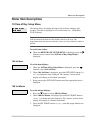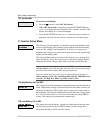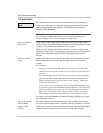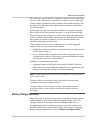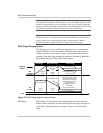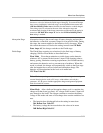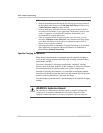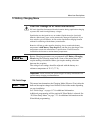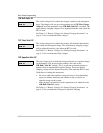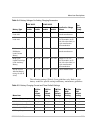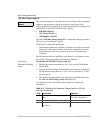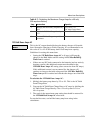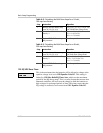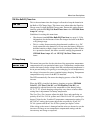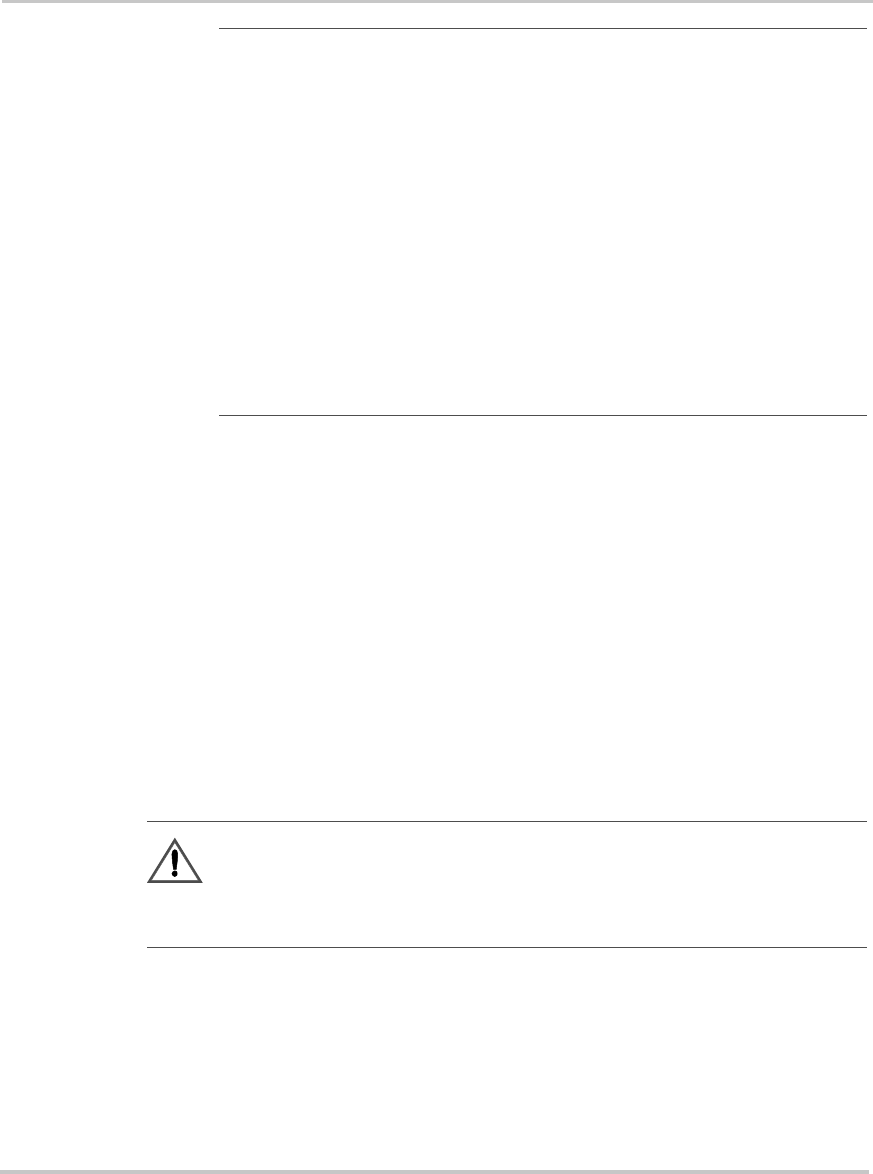
Basic Setup Programming
6–18 976-0043-01-02
Equalize Charging the Batteries
Many battery manufacturers recommend periodic equalize charging to
level out the voltage between individual cells resulting in better battery
performance and life.
Over time, the battery’s electrolyte can become “stratified” causing
inactive areas in the plate material. If this condition is allowed to continue
for extended periods, the battery plates can “sulfate” and become
unusable. Equalizing the batteries is a controlled overcharging method
that mixes up the electrolyte and reactivates the unused areas of the plate
material, restoring batteries to a full state of charge.
Consult the battery manufacturer’s recommendation for equalize charging
settings.
Notes:
• When in Silent Mode after entering the Float Charge, the charger remains in
the Float Mode until the time set in 20F Must Float Time and the level set
in 20E Float Done Amps have been reached.
• In Silent Mode, the transfer time between utility power and the inverter is
slower than in Float Mode. If your application is dedicated to sensitive loads
(such as computers), we recommend Float Mode. Silent Mode is not
recommended for off-grid applications.
• If the AC input should fail or drops below the lower Vac limit (as set in
menu item 13D Input Lower Limit VAC), the complete multi-stage charge
cycle (Bulk, Absorption, Finish) will be re-initiated once the source AC
returns to an in-tolerance condition.
• Selecting Silent Mode for the Battery Charging Finish Stage is an Advanced
Setup Application and requires additional parameters be established in
Menu Heading 20 Silent Setup Menu.
WARNING: Explosion Hazard
Only flooded or vented batteries should be equalize-charged. Hydrogen and
oxygen gases are produced when batteries are equalize-charged. Provide
adequate ventilation and remove all sources of ignition to prevent explosion.




